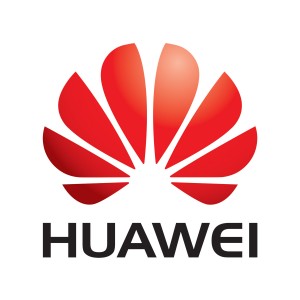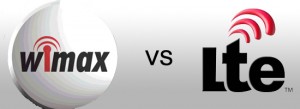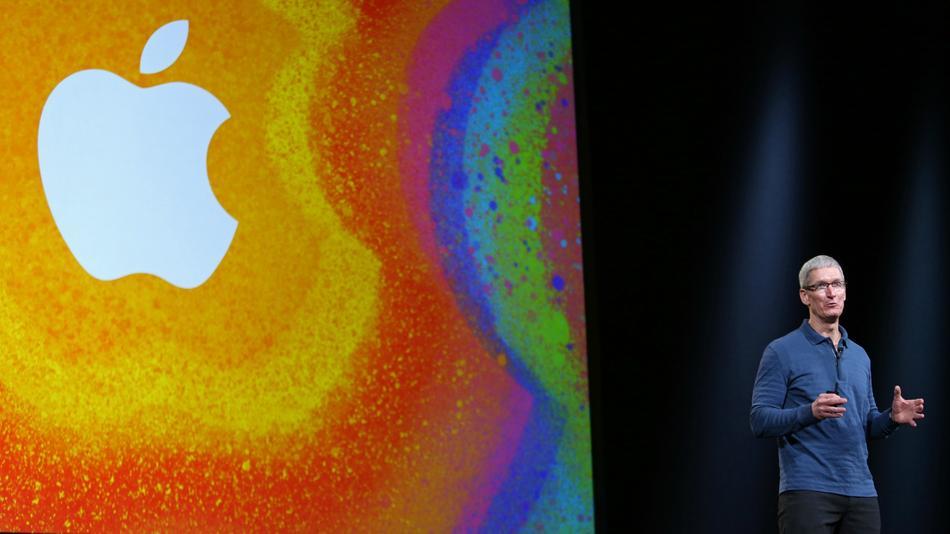The 4G networks are beginning to make a mark on the wireless pages, with WiMAX and LTE at the forefront of all the hype. However, many are confused as to what exactly WiMAX and LTE are and what the difference is between them. If you are one of these people, I have some information below that will keep you from falling behind the telecom times.
Long Term Evolution (LTE) started out as a 3GPP project “focused on enhancing the Universal Terrestrial Radio Access (UTRA) and optimizing 3GPP’s radio access architecture,” according to the 3GPP website. This was in 2004. In 2007, the LTE of the 3G radio access technology evolved into a product that was approved by technical specifications. 3GPP predicted that by the end of 2008, LTE would be ready for commercial implementation.
LTE is the most recent in the line of the GSM broadband network evolvement. Telecommunication standards have improved and advanced over time, going from GSM Technology to GPRS, to EDGE, to WCDMA, to HSPA, and finally to LTE. The LTE technology became the fastest form of Internet connection yet. HSPA only offered 11.5 Mb/s uplink speeds and 28 Mb/s downlink speeds, whereas LTE offers data speeds of up to 100 Mb/s downlink and 50 Mb/s uplink.
WiMAX evolved from a Wi-Fi, IP-based background. WiMAX went through several stages of development, yet always used the IEEE 802.16 standard established by the IEEE Standards Board in 1999 for the global deployment of wireless broadband networks. From 802.16, the standard was amended many times and changed to 802.16a, 802.16c, 802.16d, and 802.16e—the most popularly used standard for WiMAX today. Revisions of the standard have gone up the alphabet all the way to 802.16m, with the most advanced version expected to be completed by December 2009 and approved by March 2010. Each amended version of the WiMAX standard increases coverage capacity and service performance.
The respective histories of LTE and WiMAX are pretty different; their technologies, however, are pretty similar:
Backwards Compatibility : LTE is designed to be backwards compatible with GSM and HSPA. This means that when a mobile device exceeds the range of an LTE network, it can fall back on a 2.5 or 3G network assuming it has the requisite radio technologies. The updated WiMAX standard of 802.16e known as “Mobile WiMAX” is backwards compatible with the previous WiMAX standard of 802.16d, known as “fixed WiMAX.”
OFDMA & MIMO : LTE incorporates Multiple In Multiple Out (MIMO) in combination with Orthogonal Frequency Division Multiple Access (OFDMA) in the downlink and Single Carrier (SC) FDMA in the uplink (http://gsmworld.com/technology/lte.htm). In 2005 the IEEE WiMAX standard was updated to 802.16e to use scalable OFDMA and MIMO in its uplink and in its downlink as well. In the 802.16m WiMAX version, SC-OFDMA will be used in the uplink instead of OFDMA. By using OFDMA and MIMO as a base, both LTE and WiMAX are able to provide high spectral efficiency, improve signal capacity, and reduce signal latency.
Speed : Fixed WiMAX can offer speeds of up to 75 Mb/s and Mobile WiMAX offers speeds of up to 30 Mb/s. LTE offers much faster uplink speeds of 50 Mb/s and downlink speeds of 100 Mb/s at peak rates. However, WiMAX is soon to adopt the 802.16m standard that will enable the service to offer speeds of up to 1 Gb/s.
IP : Both LTE and WiMAX are IP based instead of mobile phone network-based; WiMAX follows the IP pattern of its Wi-Fi predecessor, while LTE breaks from the earlier telephony GSM technology. All voice applications for both WiMAX and LTE are managed via VoIP.
FDD &TDD : LTE primarily uses FDD for full duplex on two 5 Mhz channels, while WiMAX uses TDD for half duplex on one 10 MHz channel.
SIM and Customer ID Systems : LTE will require the use of a SIM in order to operate. This will be convenient for cellular devices that are already compatible with a SIM, but not for laptops and other technological devices without SIM interfaces. WiMAX does not require a SIM or any other hardware token. Therefore, all authentication methods used to identify a customer’s device will be easily entered into several devices. The one WiMAX device can be configured to use one set of customer ID settings, enabling it to be easily used for multiple WiMAX networks in different locations, or within the same network but for different customer identities. According to Jason Hiner of Technologies, this is an example of the major difference between WiMAX and LTE. WiMAX is more of an open Internet service and its devices will be compatible with most all Internet devices. LTE, on the other hand, is more exclusive to certain ISPs. If you buy an LTE card from Verizon, you can only use it with Verizon products.
Endorsers : So far, Vodafone, Verizon, and AT&T have declared their support for LTE technology and intend to adopt it as their next-generation mobile communications technology. Intel and various CPE manufacturers have been the main supporter for WiMAX, mainly in Asian and European countries. Clear, Clearwire’s WiMAX service, is available in major US cities and offers 120 MHz on the 2.6 GHz band, while LTE is not expected to be majorly available until 2013.
In terms of technology, WiMAX and LTE are very similar, with major differences occurring in transmission speed and the openness of each network. LTE is faster, but WiMAX has more ubiquity. Additionally, WiMAX is already commercially available and many ISPs worldwide are getting the feel of it, while LTE is still under construction. This may offer LTE an opportunity to become a more sophisticated network and to provide proficiency in areas where WiMAX is lacking.
Because the two network options are so synonymous, their coexistence will cause quite a bit of competition. Technological analysts are on both sides of the issue, some rooting for WiMAX and some rooting for LTE. Who will win? That remains to be seen.
e-News Xclusive






































